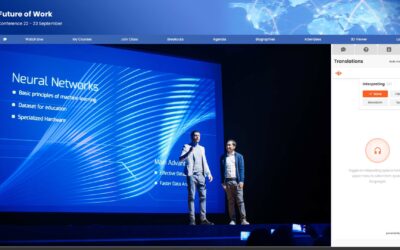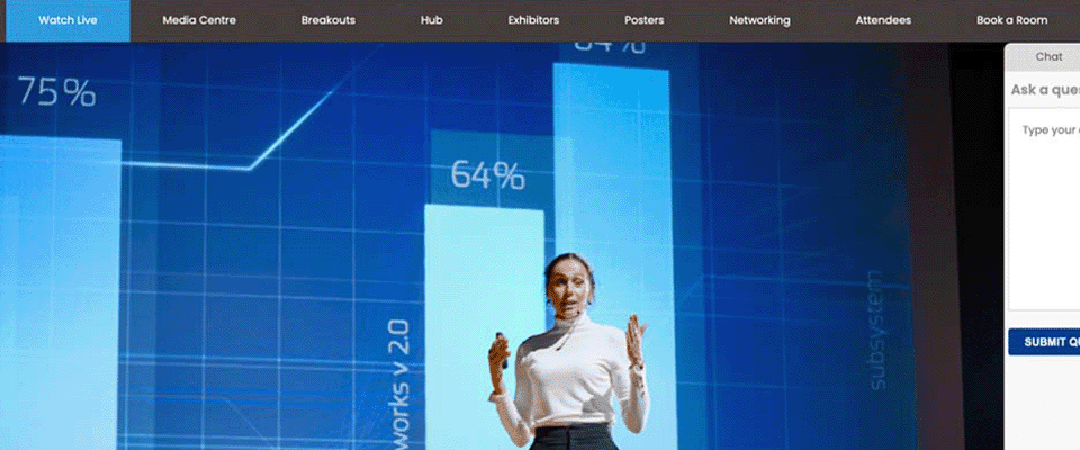Procreation are delighted to announce their new...

Is online learning effective?
How can you inspire teams via online learning?
Online training and education are widely used by many organisations, associations, and businesses. But how can you inspire teams via online learning? Is online learning effective? Online learning isn’t always instead of face-to-face learning, but it can be. Online learning programmes and e-learning are an excellent addition to face-to-face training. E-learning opens the door to teams anywhere in the world; a training programme that has been rolled out once, can be refined, improved and repeated over and over again to different audiences of learners.
But, how can you inspire people to participate and get the most from it? Here are some key elements to consider when designing and launching an online or e-learning programme.
Content and delivery
Most training programmes can categorised into two core areas of focus: the content that is being delivered, and the method used to deliver that content. If the content is exciting and useful for the learners and the delivery is slick and easy to use, then you’re on to a winner!
Create exciting, engaging content, and deliver this well; the magic recipe for an engaged audience who will learn the skills and absorb the information being shared with them. When online learners are motivated and inspired, they can increase their knowledge, learn new skills and improve their performance.

Engage your audience
Engagement may be a heavily used buzzword of the ‘now’ but engaging your learners to become a part of a training programme (rather than just listening to it) is vital.
What’s the best way to do this? Keep them interested, and excited.
Include interactive elements like scavenger hunts in your training to make the training an open and two-way forum that encourages discussion and interactivity, plus adds an element of competition.
Polls and team-based challenges are simple ways to include this type of interesting and interactive content and promote deeper learning.
Recording and making the content available on demand after the training enables learners to revisit discussions and replay elements later in their own time. This helps to reinforce the learning of that specific content and information.

Include exciting media
Nobody enjoys reading long, solid blocks of text, or textbooks and learning is no different. Rather than focusing on providing word heavy content, where possible, include eye catching imagery, interesting and compelling video and other forms of interest for your audiences’ eyes and ears.
This type of multimedia can be incredibly useful to demonstrate processes or concepts ‘in action’.

Test your learners!
If your learners are simply asked to listen and take notes, the likelihood is that they’ll get bored, switch off, and the learning won’t be as deep as it could be. Including activities that test your audience on the information they’ve been learning is a fantastic opportunity to change the pace of the training, make it fun, and keep them on their toes. Make your training an active learning session with quizzes and quick fire question rounds are two simple ways for course leaders to ensure the audience has really paid attention!
These types of tests can also be used to see how well the audience is performing, and to see how effective the content has been, providing crucial analytics.

Make it personal
Allowing the user to take control of their own training experience is a great way to improve its effectiveness. Clear signposting of content can also help learners access specific content easily and based on their specific needs and their learning style.
Including personalised milestones, test scores, poll feedback, and interactive elements like scavenger hunts will all help the learner create a training that highlights areas they may need, or want, to revisit later, as well as give them ideas for the future.
Positive encouragement and feedback can also be provided. This will not only allow learners visibility on areas they are doing well in but will provide encouragement and help them understand the material in more depth.
Creating a training programme that includes elements can ensure your audience are excited, and ready to learn the material on offer.

Book a time with one of our team to discuss your next project
More insights from the Procreation blog
Procreation and Interprefy partnership
Unmissable features for Virtual Events: Network Café
Virtual Event Feature spotlight - Networking...
Gen Z in the workplace: what you need to know
Gen Z – the next generation of workers Gen Z is...













